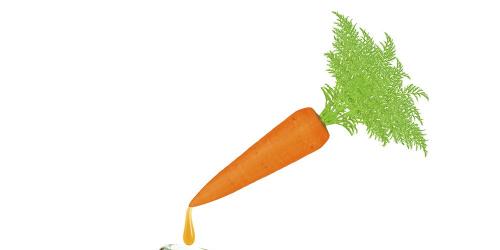Monoi: universal care
Originally made by the Tahitian "mamas", monoi comes from the maceration of tiare flowers in coconut oil, which is obtained from coconuts dried in the sun. You can add other flowers or natural essences such as vanilla, ylang-ylang, sandalwood ...
Monoi is present in Polynesian initiation rites and traditional medicine, and is used by everyone in all circumstances, in particular to protect themselves from the local climate: salt, wind, very strong sunshine. If it has mainly seduced Europe thanks to its captivating perfume , the monoi has many other virtues! Very rich in saturated fatty acids, monoi nourishes, repairs and sublimates both the skin and the hair . It is enough to see the mane of the Tahitians and their satin skin to be convinced.
A recipe to protect
Faced with this infatuation, it was necessary to shelter the monoi copies and counterfeits. The goal ? Preserving its active principles and its cosmetic properties , but also an important economic resource for the archipelago.
It is the only cosmetic to benefit from an Appellation of Origin "Monoï de Tahiti" , setting a very precise specifications. For example, the coconuts used must be derived from coral and exclusively Polynesian soils. Another example, for 1 L of coconut oil, must be added 10 tiare flowers in bud, picked in the morning. There are also strict standards on transport and storage.
And the organic monoi?
Although it is an all natural product, there is no (yet) certified organic Tahitian monoï due to the presence of refined coconut oil.
One can find monoï made with virgin coconut oil, but we leave the specifications of the Designation of Origin ... So nothing guarantees the content of tiare flowers! In short, it is a thorny subject with major financial stakes. At the moment, the monoi bios can not put on their bottle the stamp "AO Monoï de Tahiti".
Thanks to Eric Vaxelaire, Director of the Monoi Institute, in Papeete




